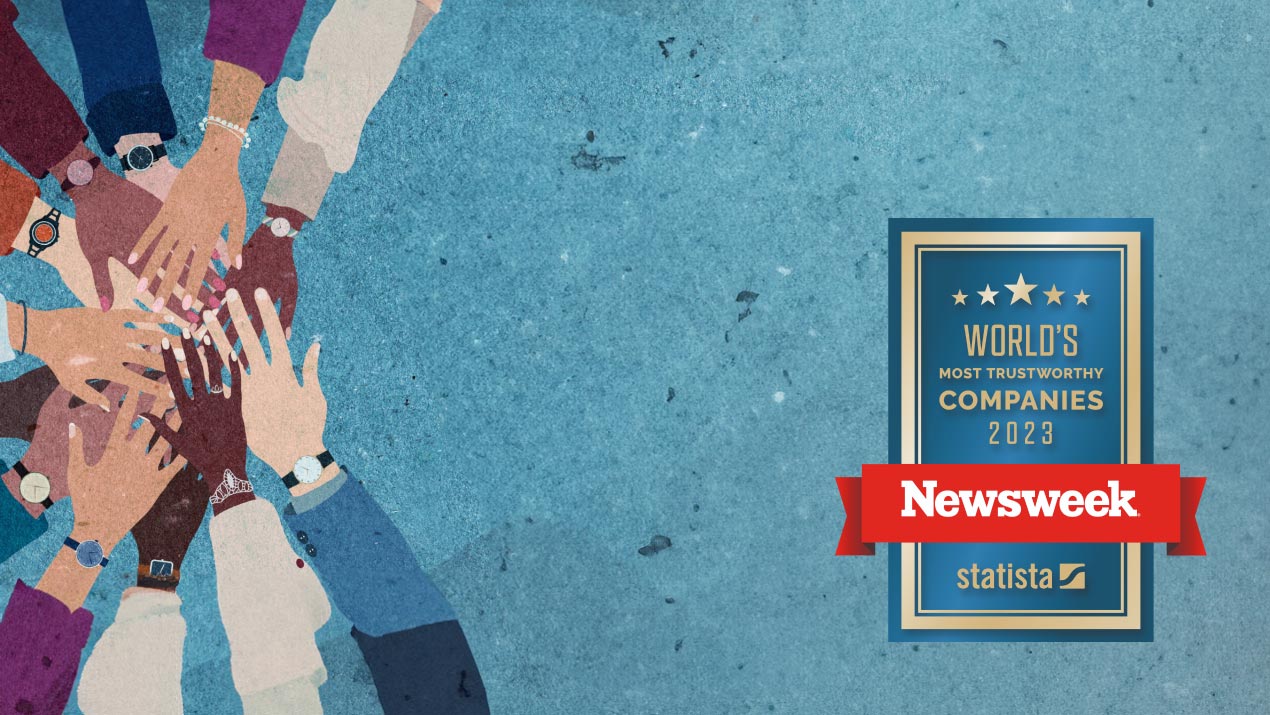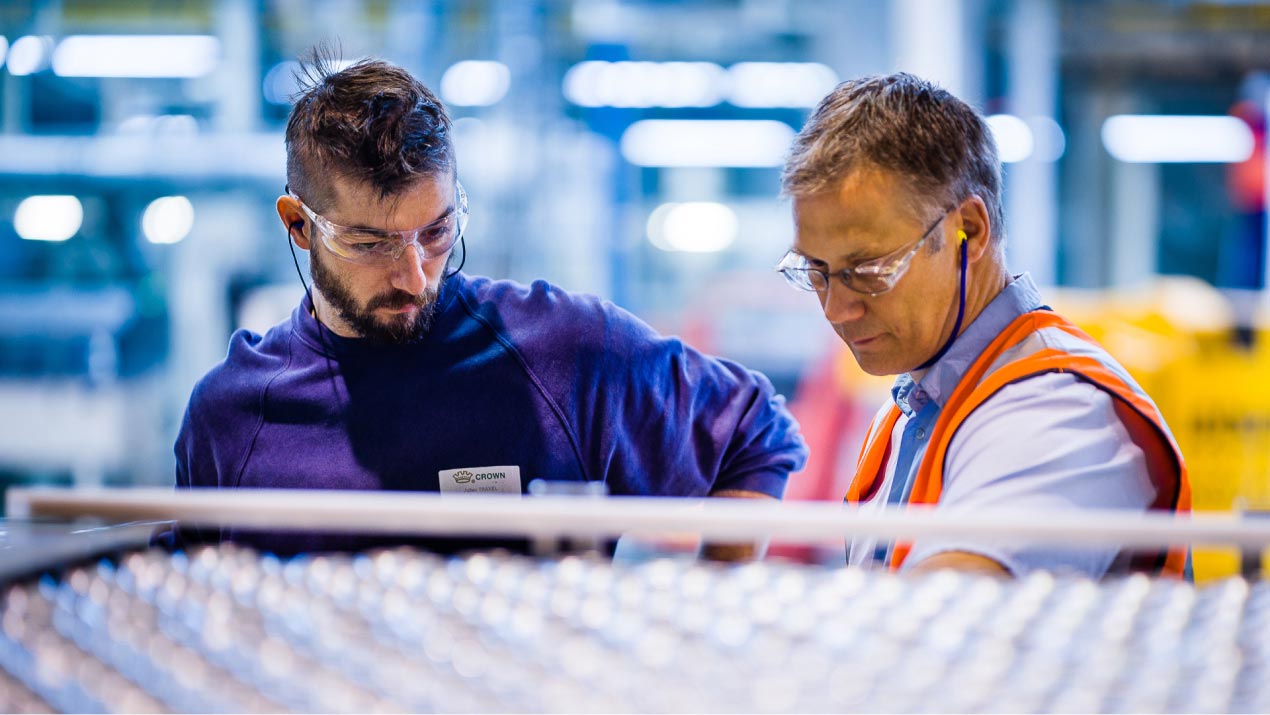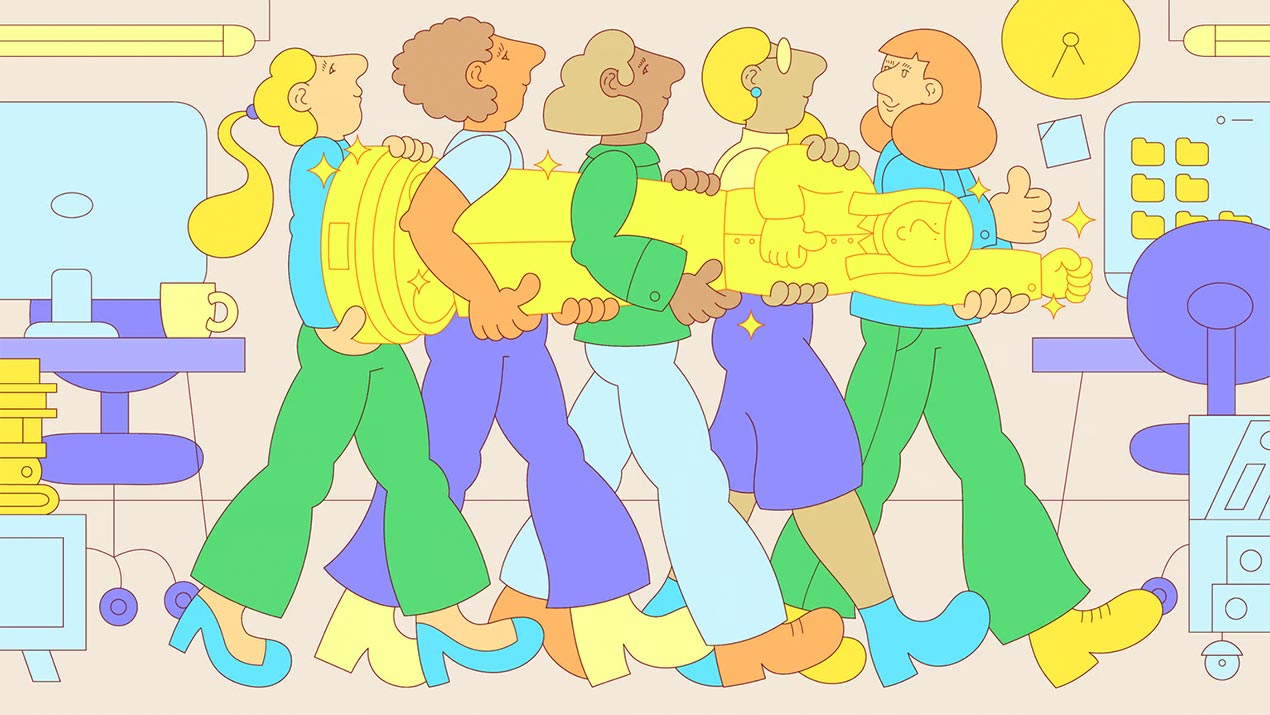All Crown News
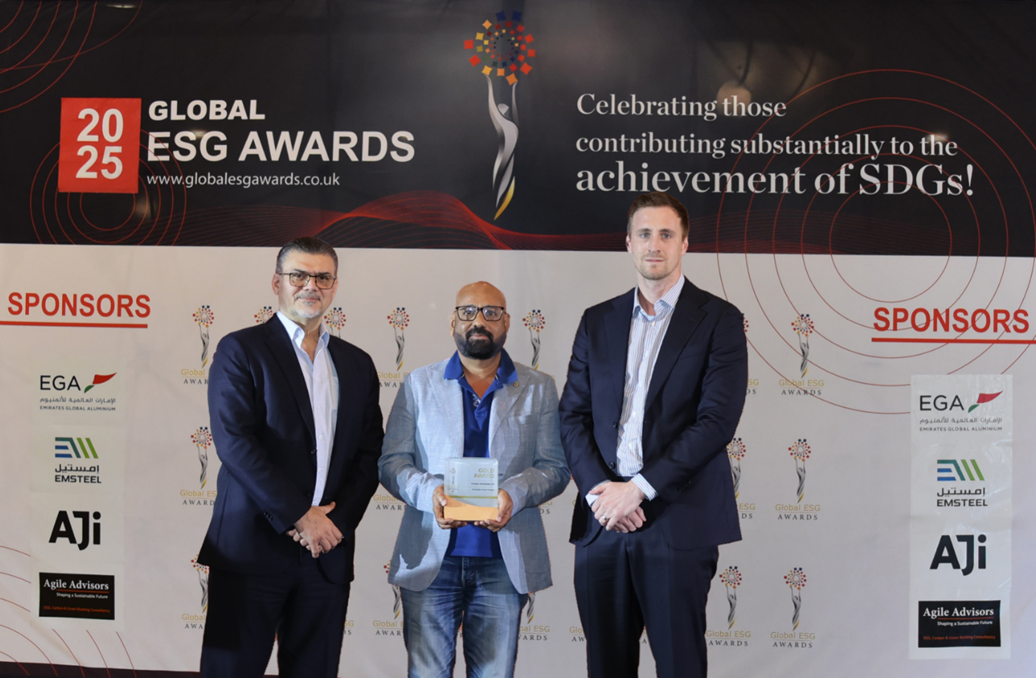
Crown Wins GOLD at Global ESG Awards in Dubai for Driving Circular Economy Leadership
Publish Date
Wednesday, December 3, 2025
We’re delighted to have been awarded GOLD at the Global ESG Awards in Dubai this year! This prestigious global event celebrates organizations and leaders driving meaningful impact across the United Nations’ Sustainable Development Goals. Our recognition comes in the category Promoting Circular Economy, which is directly linked to the UN Sustainable Development Goal 12: Responsible Consumption and Production. This award...
Latest News
Crown Announces Final Results and Expiration of Cash Tender Offer for Debt Securities
Publish Date
Wednesday, November 19, 2025
Crown Announces Pricing Terms of Cash Tender Offer for Debt Securities
Publish Date
Tuesday, November 18, 2025
Crown Announces Cash Tender Offer for Debt Securities
Publish Date
Wednesday, November 12, 2025
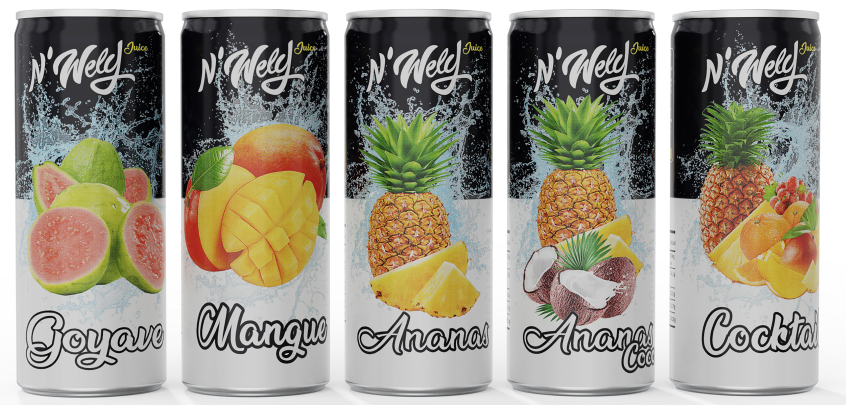
Sustainability Meets High-Tech Packaging Design With N’Wely
Publish Date
Tuesday, November 04, 2025
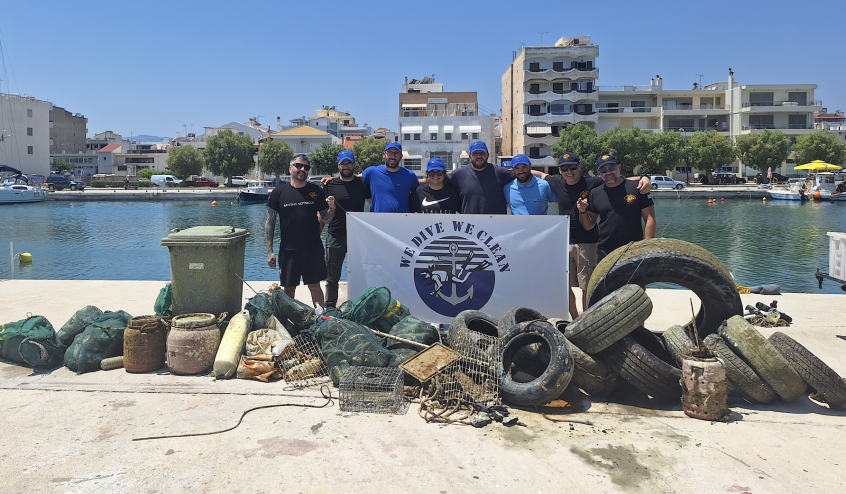
World Environment Day 2025
Publish Date
Friday, October 24, 2025
Crown Holdings, Inc. Declares Quarterly Dividend
Publish Date
Thursday, October 23, 2025
Crown Holdings, Inc. Reports Third Quarter 2025 Results
Publish Date
Monday, October 20, 2025
Crown Holdings Schedules Third Quarter 2025 Earnings Conference Call
Publish Date
Tuesday, September 23, 2025
Crown Holdings, Inc. Announces Pricing of Senior Notes
Publish Date
Monday, September 22, 2025
Recent Accolades
Media Contacts
Reporters and other media representatives seeking additional information about Crown Holdings should contact press@crowncork.com.
